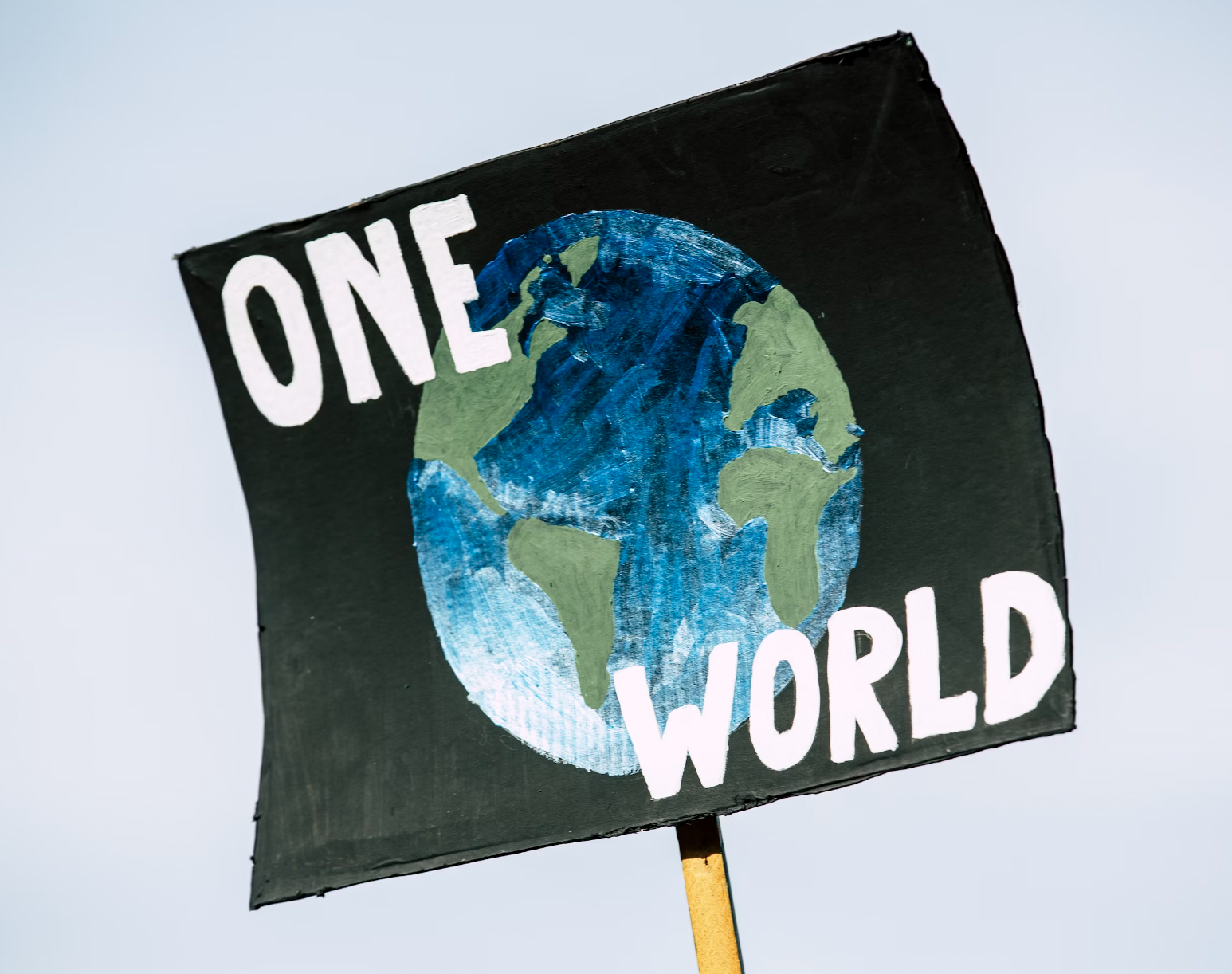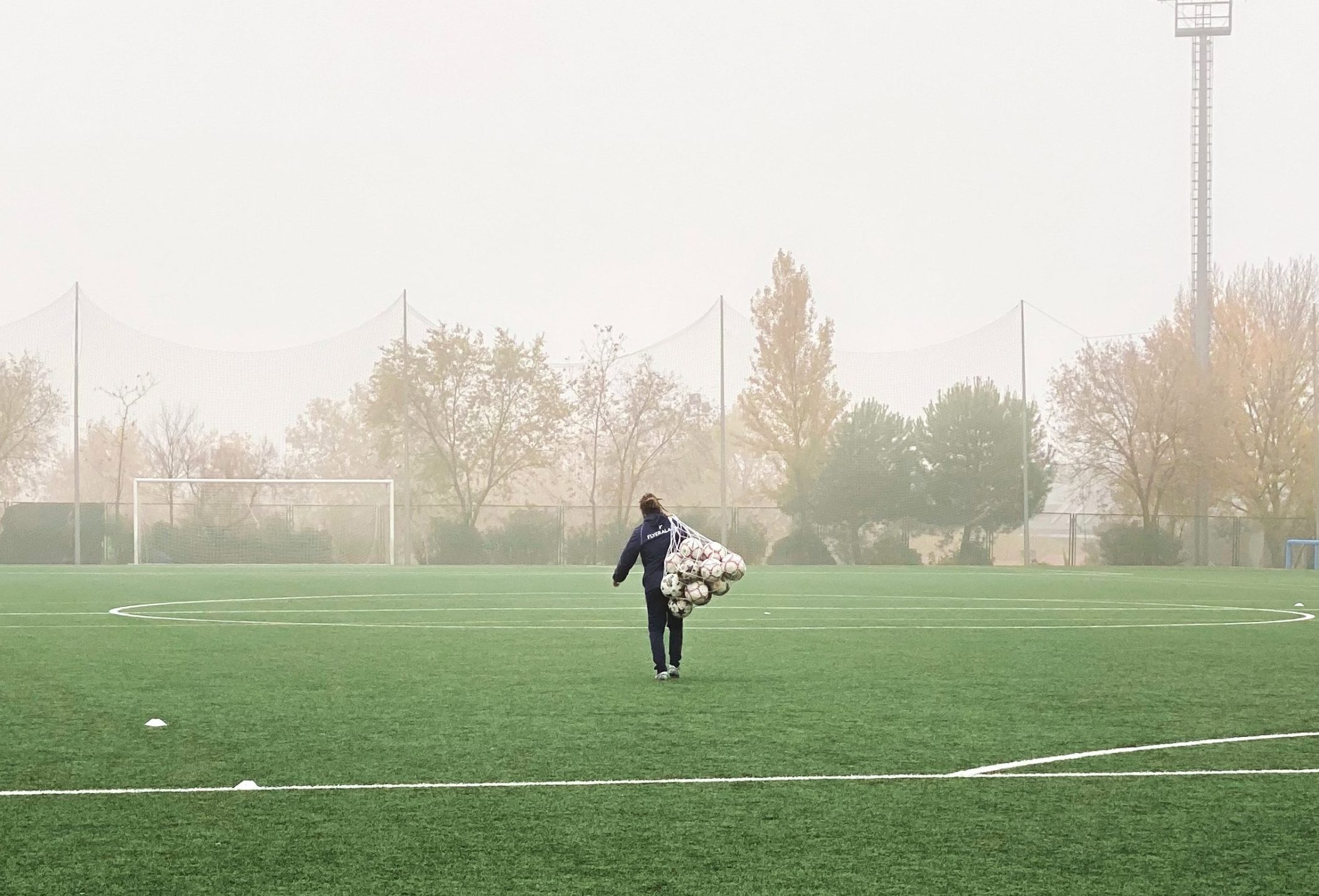PUBLISHED
Sep 04, 2023
WORDS
Olly Lawder
Disaster marketing: Where the four Ps meet the three Fs of climate change
Floods, fire and famine. Extreme weather events in 2023 have highlighted the urgency of climate change, and Olly Lawder, Senior Strategy Director at Revolt, shares advice for how marketers can respond to the climate crisis.
Read the original article on WARC
Our climate has changed. The heatwaves across Europe and the US in July would have been “virtually impossible” without human-induced climate change, according to the World Weather Attribution. Global temperatures last month shattered records, leading to the UN Secretary General António Guterres to declare “the era of global boiling has arrived”. We know the intimate connection between emissions and temperature rise. What we’ve been less clear on is just how bad the consequences will be. So far, they’ve been worse than expected.
Many brand marketers will be considering what they can do to help tackle global climate change. However, the majority of marketers sell products and services that either fit into an aspirational picture of a life or make everyday living a little more convenient and comfortable. When disaster strikes, do they really want to be associated with that?
Disasters reveal the dependency business has on both stable supply and consumer markets. With the rate and severity of the three Fs (flood, fire and famine) predicted to increase with rising CO2, any brand that makes, moves or sells products that rely on natural resources not only has a risk to manage, but an obligation to be part of the solution.
And beyond the responsibility, there is also opportunity – a role for brands to be there for their customers at moments of need. Marketing in times of disaster, let’s call it ‘disaster marketing’, is about blending purpose, sustainability and communications for positive impact in a way that connects brands with people and place.
Disaster marketing is not crisis comms. Crisis comms is when something terrible has happened to your business. Disaster marketing is when something terrible has happened to the world your business is part of. This summer’s wildfires come after a solid run of crises – hurricanes, a pandemic and wars – and we have already seen some great examples of disaster marketing.
Using the lens of marketing’s four Ps, we can see the approach that brands are taking.

Price: Climate change’s impact on consumer finances
‘Climateflation’ has been a recent contributor to the cost-of-living crisis. We are glimpsing the economic reality of a changed climate: infrastructure breakdown, trade disruption, scarcity and asset destruction. In the short term, if a supply chain is disrupted or a key ingredient is unavailable a disaster can send your price skyrocketing.
The cost-of-living crisis has left some Brits struggling to feed their families, with 1.1 million of them turning to loan sharks. Iceland decided to help by creating ethical credit with 100% interest-free micro-loans for families to help them put food on the table. Brands need to be able to react to fluctuating costs and changing consumer spending power.
The cost-of-living crisis has left some Brits struggling to feed their families, with 1.1 million of them turning to loan sharks. Iceland decided to help by creating ethical credit with 100% interest-free micro-loans for families to help them put food on the table. Brands need to be able to react to fluctuating costs and changing consumer spending power.
Product: Pivoting to help tackle climate
In an emergency, perspectives change. Wants are replaced by needs, needs replaced by necessities. For brands who sell something that competes with an essential like water or a staple crop, an emergency can be a time to get out the way. This is why Coca Cola China has a disaster readiness plan to switch over its plants from soda to bottled water production.
If you sell a non-essential good, it may be time to look at your core competencies and ask what you can make that will make a positive difference with climate change. LMVH responded to COVID by re-tooling its plants to create much-needed hand sanitiser. When the war in Ukraine sent a wave of refugees fleeing to Poland, MasterCard helped people to resettle, with an app that showed the best areas in Poland to find a new home.
If you sell a non-essential good, it may be time to look at your core competencies and ask what you can make that will make a positive difference with climate change. LMVH responded to COVID by re-tooling its plants to create much-needed hand sanitiser. When the war in Ukraine sent a wave of refugees fleeing to Poland, MasterCard helped people to resettle, with an app that showed the best areas in Poland to find a new home.
Place: Brand action where it is needed most
Disasters can disrupt brand presence in specific locations. But they can also take brands to new places. In the aftermath of the Hurricane Katrina disaster, Walmart delivered 2,450 truckloads of supplies to help meet the emergency needs of local people. This was a truly heroic gesture. However, brands are rarely the hero in consumer’s lives, so comms should always focus on being in service to consumers in need.
Brands use place as part of their heritage narrative, but consumer distrust often sets in when the same brands distance themselves from the world around them. When disaster strikes a brand’s location, it bursts this bubble, revealing the impact on its people and assets. The decision as to whether to stay or leave is not always clear-cut. As in the case of the Ukraine war, the question of who suffers by your departure must be weighed against who benefits by remaining.
Brands use place as part of their heritage narrative, but consumer distrust often sets in when the same brands distance themselves from the world around them. When disaster strikes a brand’s location, it bursts this bubble, revealing the impact on its people and assets. The decision as to whether to stay or leave is not always clear-cut. As in the case of the Ukraine war, the question of who suffers by your departure must be weighed against who benefits by remaining.
Promotion: Telling climate stories
If the first three Ps are the short-term response, promotion is ‘the long of it’. It’s how you tell your climate stories. Most companies are broadly comfortable talking about ‘reducing emissions’. This is ‘mitigation’, but it is only one half of what needs to happen on climate. The other half is ‘adaptation’ – preparing for the consequences of change that’s too late to avoid, eg this summer’s heatwaves. Brands are afraid of telling this story in case it looks like they’re giving up on mitigation.
And in a climate of right-wing backlash and (much needed) new rules on greenwash, avoiding adaptation stories is perhaps unsurprising. But ‘green hushing’ in a climate crisis can be just as irresponsible. So what’s the right approach? We live in a moment that is simultaneously the best and worst of times. Technological solutions are breaking through, yet emissions remain stubbornly high. Only a balanced message can reflect the reality: we’re in trouble, but hope remains, if we act.
Many in the marketing community are fond of arguing that marketing never changes. The fundamentals are timeless and the principles constant. What has changed, however, is the context. We’re in a world where climate change is no longer a problem for the future, it’s here now. The question then, is not if climate change is part of your brand story, but how, where and when it will become part of your business reality.
And in a climate of right-wing backlash and (much needed) new rules on greenwash, avoiding adaptation stories is perhaps unsurprising. But ‘green hushing’ in a climate crisis can be just as irresponsible. So what’s the right approach? We live in a moment that is simultaneously the best and worst of times. Technological solutions are breaking through, yet emissions remain stubbornly high. Only a balanced message can reflect the reality: we’re in trouble, but hope remains, if we act.
Many in the marketing community are fond of arguing that marketing never changes. The fundamentals are timeless and the principles constant. What has changed, however, is the context. We’re in a world where climate change is no longer a problem for the future, it’s here now. The question then, is not if climate change is part of your brand story, but how, where and when it will become part of your business reality.
Your Cookie Settings
By clicking 'Accept All Cookies', you agree to the storing of cookies on your device to enhance site navigation, analyse site usage, and assist in our marketing efforts.



